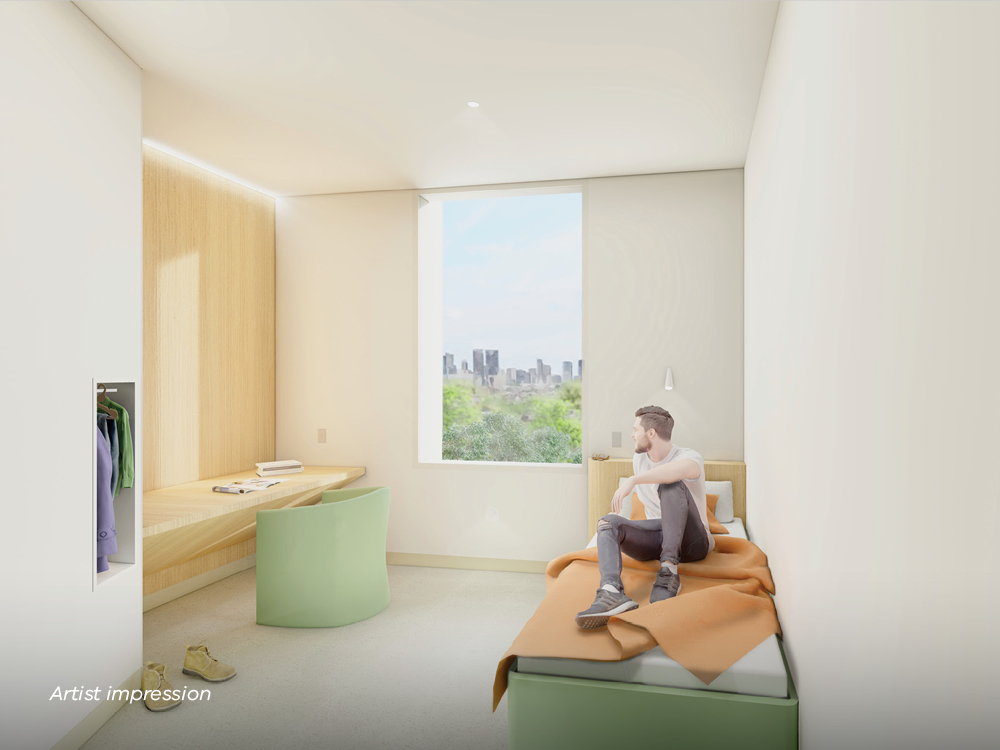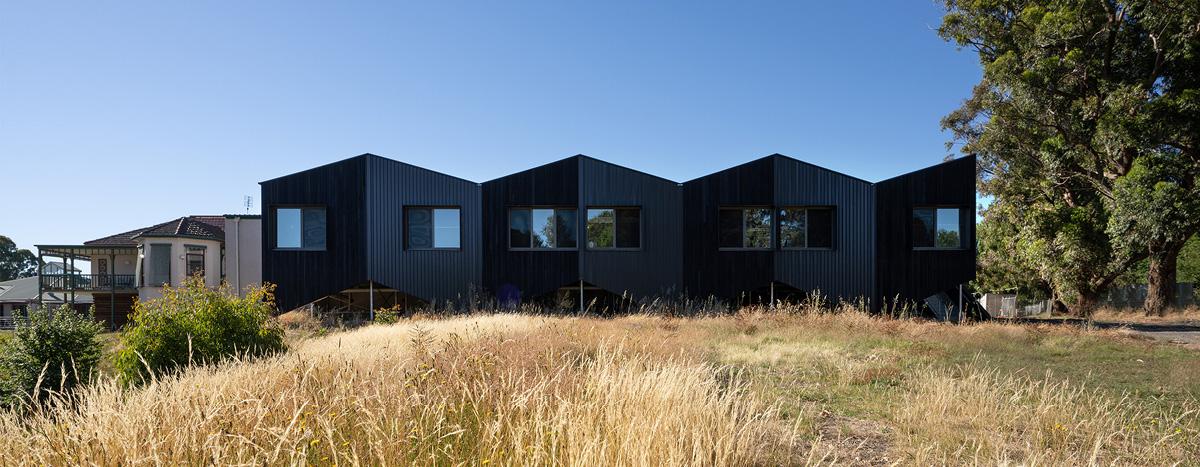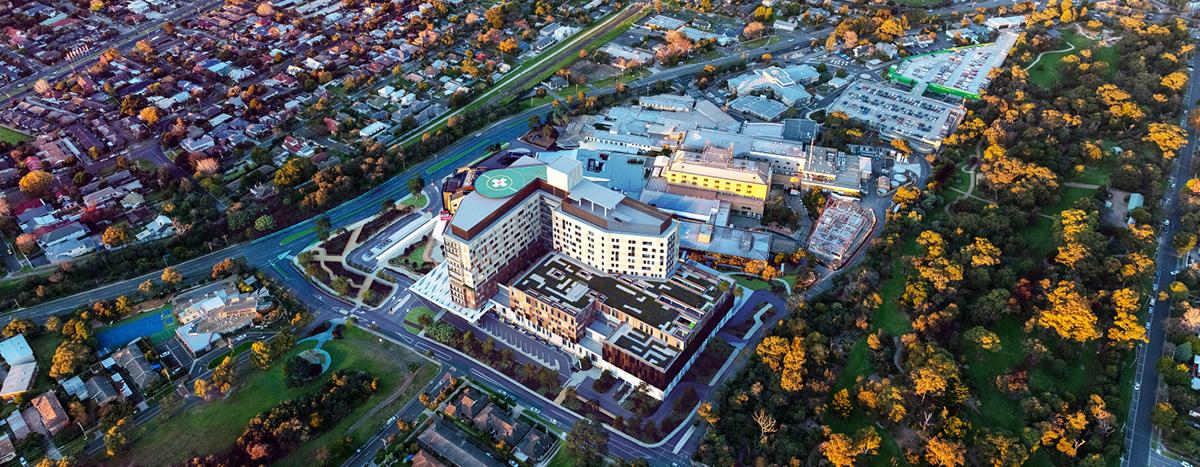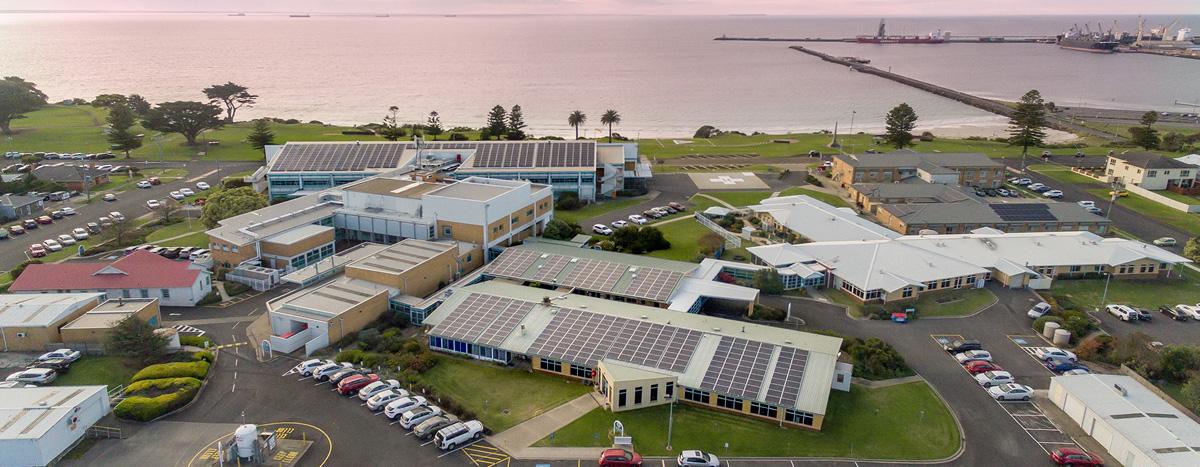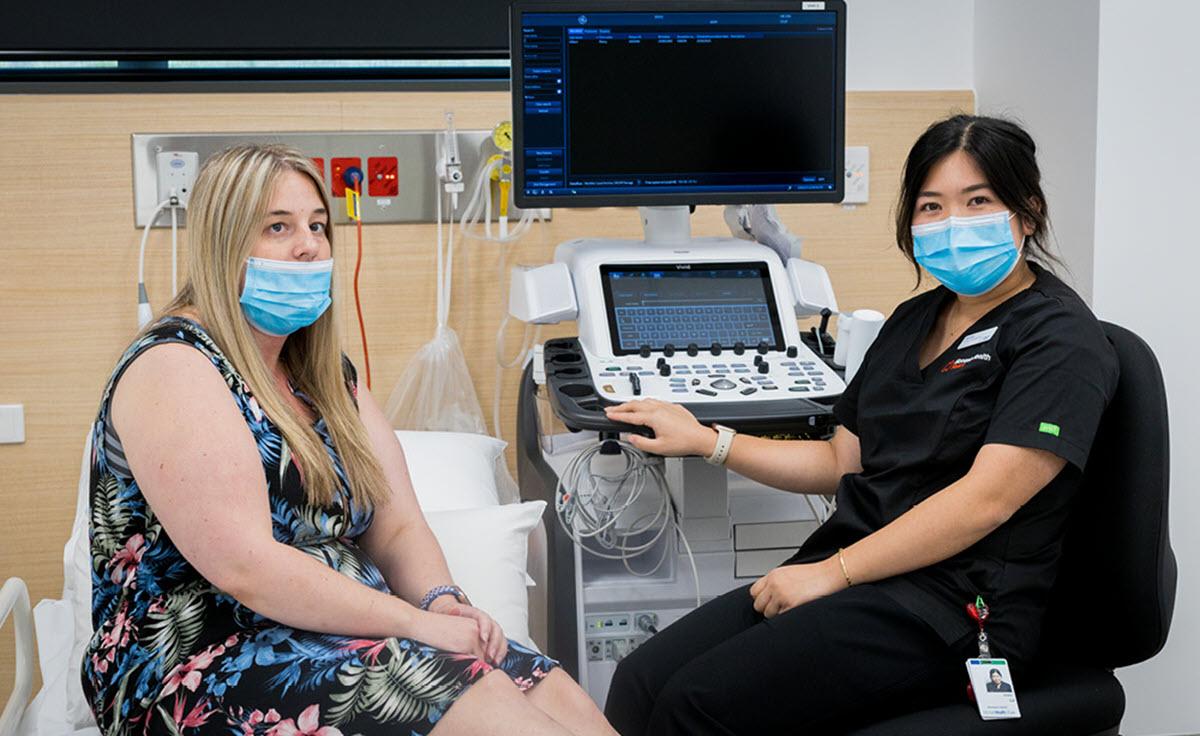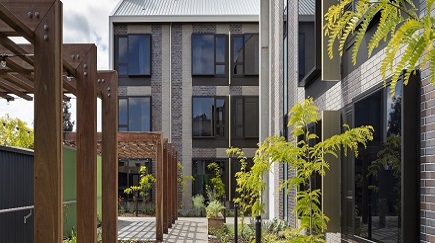New Footscray Hospital community information sessions
New Footscray Hospital community information sessions
Accessible video transcript
Text on screen: Thanks for having us Footscray
Images: A young boy wearing a kid’s play hi-vis vest walks through the venue
Text on screen: It was great to meet with you and chat about how your new Footscray Hospital is progressing and introduce the teams delivering the new hospital
Images: various Footscray Hospital team members chat to members of the public at the information session
Text on screen: A big thanks to Dr Loz from SciencePlay Kids for hosting a fantastic kids’ workshop
Images: cardboard models of parts of the hospital made by kids are featured, followed by footage of kids and SciencePlay Kids staff working with them to construct the models
Text on screen: Your new Footscray Hospital is due for completion 2025
Images: an artist impression of the completed Footscray Hospital
Images: A white screen appears stating ‘in partnership with’ and the logos for Western Health and Plenary Health. A sliding transition screen then displays the Victorian Health Building Authority and Victoria State Government logos and the url vhba.vic.gov.au
End of transcript.
About this event
Community members met the team delivering this significant new hospital for the West, including Western Health, Victoria University and Plenary Health.
Your new Footscray Hospital
The new Footscray Hospital will be operated by Western Health. It will provide more than 500 beds. This means treating almost 15,000 more patients and allowing almost 20,000 extra people to be seen by the emergency department each year. There will also be more outpatient, mental health, palliative care and surgical services.
With construction passing the halfway mark, we held information sessions to let you know about the progress of your new Footscray Hospital.
We ran two information sessions in October. Community members had the opportunity to ask questions, while the kids built their own hospital in a workshop hosted by Dr Loz from SciencePlay Kids.
If you missed the information sessions, here is a short video recapping what we got up to.

